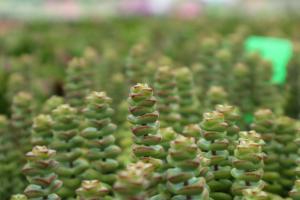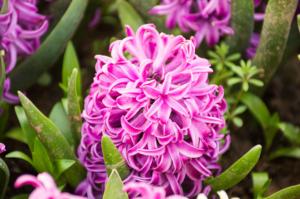Can You Split Rubber Tree Plants?
Rubber tree plants are a popular addition to any indoor space as they provide vibrant green foliage and help purify the air. However, as they mature, rubber tree plants can outgrow their pots and become too large for their current location. If you find yourself in this situation, you may be wondering if you can split your rubber tree plant to create new plants. The answer is yes, you can split rubber tree plants! In this article, we will discuss the process of splitting rubber tree plants and provide some tips for success.
When is the best time to split a rubber tree plant?
The best time to split a rubber tree plant is in the spring or summer. This is when the plant is actively growing and can more easily recover from the shock of being split. It is also important to ensure that the plant is healthy and has not experienced any stress, such as from over or under-watering, before attempting to split it.
How to split a rubber tree plant?
To split a rubber tree plant, you will need a sharp, sterilized knife or pruning shears, a new pot with fresh potting soil, and some rooting hormone. Start by removing the plant from its current pot and gently shaking off any excess soil. Then, use your knife or pruning shears to carefully cut the plant into smaller sections, ensuring that each section has several leaves and a healthy root system. Dust the cuttings with rooting hormone and plant them in the new pots with fresh potting soil. Water the newly planted sections thoroughly and place them in a location with bright, indirect light.
What to do after splitting a rubber tree plant?
After splitting your rubber tree plant, it is important to keep the soil moist but not waterlogged. Check the plant frequently for any signs of stress, such as wilting or yellowing leaves, and adjust your watering accordingly. It is also important to avoid placing the newly planted sections in direct sunlight, as this can cause the leaves to dry out and burn.
Tips for success
When splitting a rubber tree plant, it is important to use a sharp, sterilized knife or pruning shears to ensure a clean cut and reduce the risk of disease. Additionally, using rooting hormone can help the newly planted sections develop roots more readily and increase the chances of success. Finally, be patient and give the newly planted sections time to acclimate to their new environment. It may take several weeks for the sections to start growing new leaves and roots, but with proper care, they will eventually flourish into new, healthy rubber tree plants.
In conclusion, splitting rubber tree plants is a great way to propagate new plants and ensure your current plants stay healthy and manageable. With the right tools and care, you can successfully split your rubber tree plant and enjoy the beauty of these indoor trees for many years to come!

 how many times do yo...
how many times do yo... how many planted tre...
how many planted tre... how many pine trees ...
how many pine trees ... how many pecan trees...
how many pecan trees... how many plants comp...
how many plants comp... how many plants can ...
how many plants can ... how many plants and ...
how many plants and ... how many pepper plan...
how many pepper plan...































